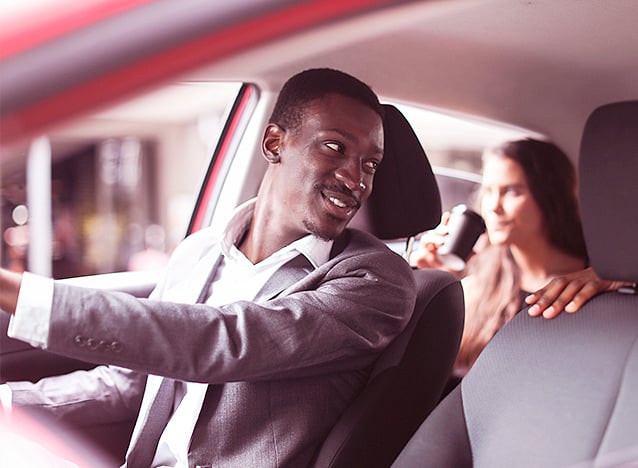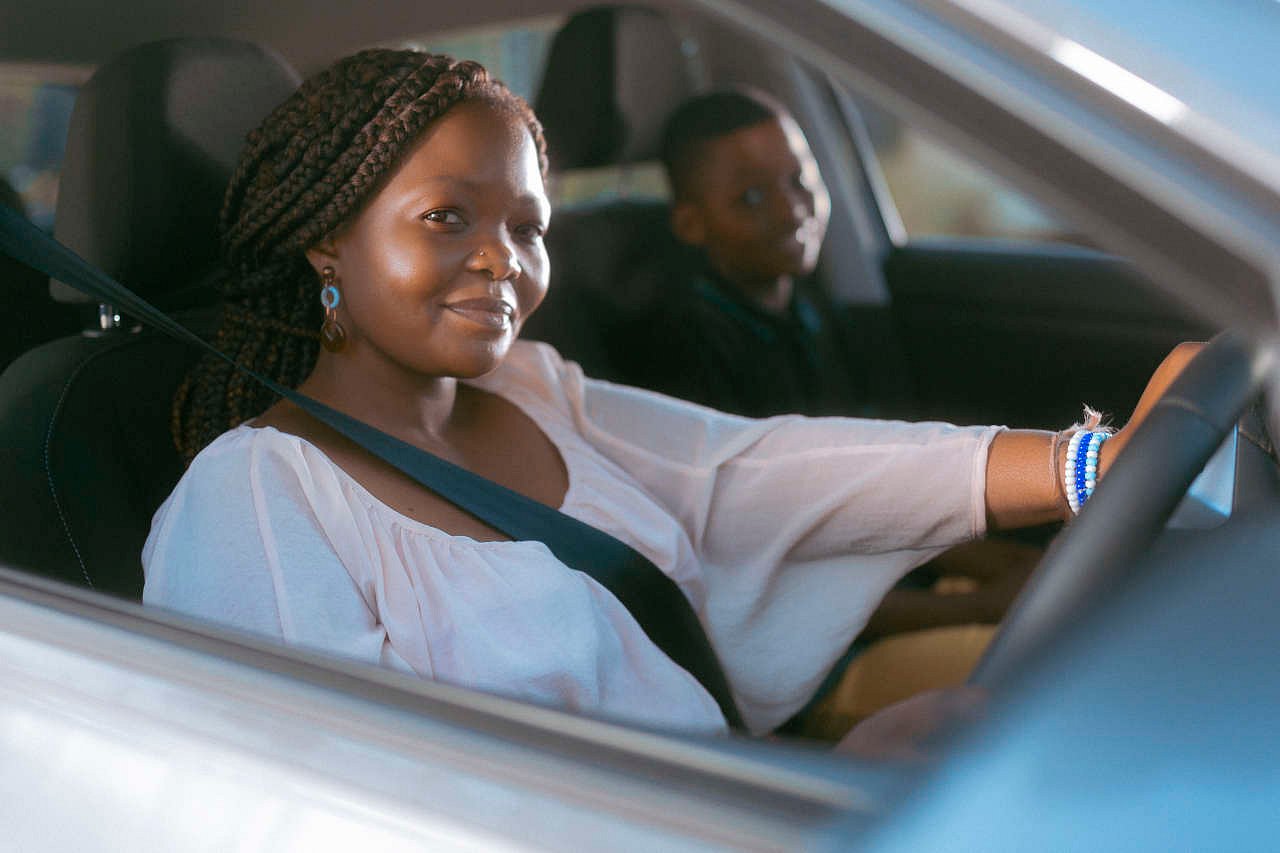
How the zero-tolerance drinking rule will affect your car insurance
Insurance
October 9, 2020By First For Women
The National Road Traffic Amendment Bill was introduced to Parliament in June this year and is expected to be passed into law by the end of 2020. As promised, the piece of legislation takes a hard line on drunk driving. The rule sets zero tolerance for blood alcohol if you are behind the wheel.
What does the law say?
The current National Road Traffic Act allows drivers to get behind the wheel after having consumed alcohol, provided they are below the blood alcohol limit. When measured with a breathalyser, non-professional drivers’ blood alcohol must measure below 0.24 milligrams per 1 000 milligrams. Professionals, like truck drivers and others who hold professional driving permits, must have less than 0.10 milligrams per 1 000 milligrams on testing.
The new limits are set to reduce these boundaries to less than 0.05 grams per 100 millilitres for normal drivers, and less than 0.02 grams per 100 millilitres for professionals, when measured by means of a blood sample. Although the bill alters the rules regarding blood alcohol levels, other parts of the act that deal with driving under the influence – such as the methods of testing or penalties – remain unchanged.
In a briefing on 25 August, Minister of Transport Fikile Mbalula announced that ‘research conducted by the RTMC [Road Traffic Management Corporation] in collaboration with the South African Medical Research Council and the University of South Africa shows that driver alcohol intoxication accounts for 27.1% of fatal crashes in the country’.
He added that with the recent deaths of officers from Tshwane Metro Police Department and an annual cost to the state of R18.2 billion, it is essential that the current law be strengthened. In addition to this, more than 24 000 arrests were made of people driving under the influence over the 2019/2020 festive season. And Arrive Alive reports that ‘research indicates that 50% of people who die on the roads have a blood alcohol concentration above 0.05 gram per 100 millilitres.
With these statistics, it’s somewhat unsurprising that government is taking a stance against drunk driving. The new rules will not only affect your relationship with the law, but also with your insurance provider – and for good reason.
Alcohol affects your driving ability
Safe driving requires whoever is operating the vehicle to be alert and able to make split-second decisions in rapidly changing situations. Despite these well-known facts, many people won’t hesitate to get behind the wheel after having consumed alcohol. Although you may feel fine after one or two glasses of wine, alcohol has a substantial impact on your driving ability.
Alcohol affects how quickly you react to different stimuli. Drinking slows your response time, which can increase the likelihood of a road accident. And it’s no wonder, with how regularly and swiftly road conditions change. Just 80 milligrams of alcohol per 100 millilitres of blood adds 13% to a driver’s reaction time. So if you’re driving and the car ahead of you brakes suddenly, it will take your brain 13% longer to process what’s going on and prompt you to hit the brakes yourself, creating danger for yourself and other road users.
Besides reducing the likelihood that you’ll see a potential hazard, delayed reaction times also tend to increase drivers’ tendency to become distracted. Alcohol makes your mind much less focused, causing you to be less vigilant behind the wheel. When driving, this can affect your ability to stay in your lane, regulate your speed and take heed of road traffic signals.
Not only do you have to be aware of what’s happening on the road around you, but you also need to change gears, signal turns and steer. Drinking affects your motor skills, including eye, hand and foot coordination, which inhibits your ability to perform these tasks. Signs of reduced coordination, like swaying or the inability to grasp onto objects make it difficult – and dangerous – to operate a vehicle. Add to this the fact that it blurs vision, reduces the ability to control eye movement and hinders peripheral vision, and it’s easy to see why drunk driving a terrible idea is.
While it’s easy to identify and understand these dangers when you’re in a sober state, alcohol has the tendency to reduce inhibitions and boost confidence. This sense of self-assuredness might lead to taking unnecessary risks on the road that endanger you and other drivers.
Aside from its immediate impact on your driving ability, the way alcohol is metabolised can mean that these effects can be much greater and last much longer than you might expect.
How alcohol is metabolised
Although it typically takes a couple of hours to break down the amount of alcohol in a single serving of wine, there are a variety of factors that affect how quickly the body metabolises alcohol.
For one, the rate at which you consume alcohol will affect how your body absorbs it. The more you consume in a shorter time span, the longer it will take your body to metabolise what you drink. Drinking large amounts quickly overtaxes your body’s ability to absorb and break down the alcohol, forcing your system to shut down. This is when you start to see effects such as lowered inhibitions, reduced motor function, and slurred speech.
Popular drinks like wine, cider, and beer have a high acid content that can cause your digestive system to become irritated when you drink without having eaten. Without any ‘lining’ to occupy your gut, your body will absorb the alcohol more rapidly, causing the effects to take hold more quickly. The same is true for women.
You are far more susceptible to the effects of alcohol than men. First, weight has an impact on how alcohol is metabolised as it influences the space in which liquor can diffuse through the body. As a result, a person who weighs more will likely have a lower concentration of alcohol in their blood from drinking the same amount as a lighter person. As women often weigh less than men, the effects of alcohol are usually more pronounced in ladies.
Added to this, women’s bodies contain proportionately less water and more fat than men’s. Because fat retains alcohol, drinking exposes our organs to higher concentrations of the stuff for longer periods of time. This effect only increases over time, as women’s bodies tend to lose water and gain fat as we age.
Our bodies also produce fewer of the alcohol dehydrogenase enzyme, which breaks down alcohol before it reaches the bloodstream. Consequently, at the same dosage size, a woman’s blood alcohol level will be higher than a man’s, regardless of differences in body weight or body fat percentage. The effect? Moderate drinking for a man borders on heavy drinking for a woman; you can expect alcohol to have roughly double the effect on women as it does on men.
Typically, our bodies metabolise alcohol at a rate of 15 grams per 100 millilitres per hour. This means that it will take two hours for a blood alcohol level of 0.02 to reduce to zero. The table below provides a quick overview of approximate timeframes for metabolising different drinks.
|
Type of alcoholic beverage |
Average time to metabolise |
|
30 ml of whiskey or similar |
1 hour |
|
500 ml of beer |
2 hours |
|
250 ml glass of wine |
3 hours |
Looking at these rates, it’s clear that a sober approach is best if you’re getting behind the wheel and you want to stay on the right side of the law – and your insurance policy.
Drinking and driving affects your car insurance
Besides criminalising drinking and driving, the National Road Traffic Amendment Bill will have a significant effect on your car insurance.
If you’re under the influence of alcohol while driving a vehicle and are involved in an accident, your insurance provider may legally refuse to honour your claim. Aside from having the legal right to refuse claims where a driver is acting illegally, almost all insurers in South Africa include a clause to this effect in their policies. You could also be met with higher premiums. Or worse, your insurer may choose to cancel your policy.
It’s best to adopt a few zero-tolerance tactics that will help to keep you in the driver’s seat and insured. We suggest the following:
-
Drink non-alcoholic or de-alcoholised wines, beers, ciders, and mocktails
-
Use a taxi or e-hailing service instead of driving – be sure to check that the driver is who they say they are
-
Arrange for a concierge service to drive you and your vehicle home after you’ve been drinking
-
Nominate a friend to be the ‘designated driver’ for the evening
-
Ask friends or family if you can stay over when visiting and consuming alcohol
These simple strategies will ensure that you keep yourself and other road users safe and provide you with the peace of mind that you’ll be covered in the event of an accident.
1st for Women offers car insurance specifically designed for women. Get a car Insurance quotes online today.
The information in this article is provided for informational purposes only and should not be construed as financial, legal, or medical advice.











